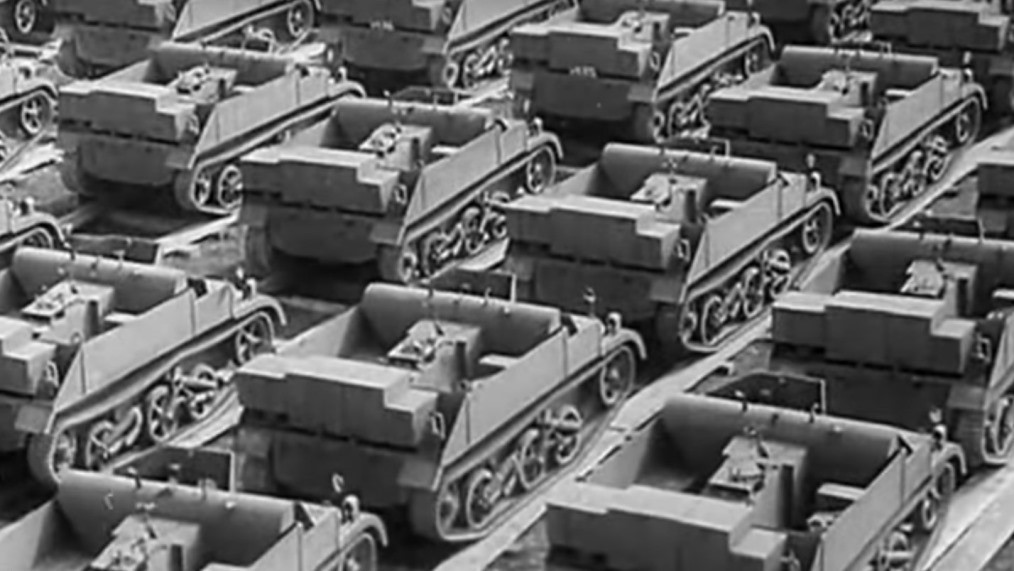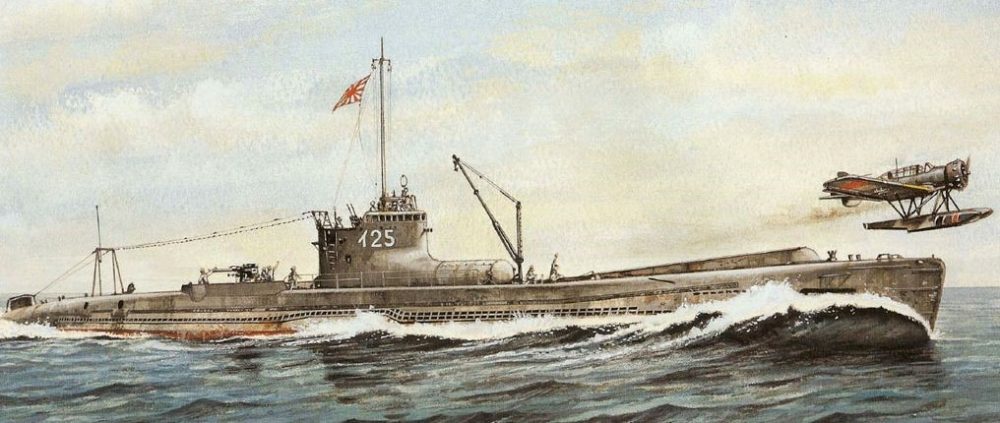As ANZAC Day approaches, it will be significantly different for a second year in a row. #Standatdawn will unite those who participate with a 6am dawn service broadcast on radio and online.
Recently, I have been reflecting on the far reaching impact of WWII on the home front. Unlike the clear communication about COVID 19 this year, there were hundreds of secret projects in WWII so that most Kiwis never got to put all the pieces together to understand the magnitude of the war effort at home. Things seriously ramped up after Japan entered the war, attacking Pearl Harbour 7 Dec 1941.

It was like a tale of two wars. NZ had been at war for over two years and our army was fighting the Germans and Italians in the North African desert. There were calls to bring our army home to defend NZ but by now they were highly skilled in desert warfare, so it was agreed that US Forces would shoulder the bulk of the effort against the Japanese, supported by ANZAC forces. If there was any doubt about the threat we faced, things got real just over two months after Pearl Harbour, when 242 Japanese planes attacked Darwin on 19 Feb 1942. Many of these planes flew off aircraft carriers – the same group that had attacked Pearl Harbour. This was the first of 100 air raids on Australia.
We were scared and rightly so, expecting an invasion of NZ. Just a month after the first Darwin raid, a submarine launched-seaplane did reconnaissance flights over Auckland and Wellington. It was launched from Japanese submarine I-25. The pilot, Nubuo Fujita went on to be the only axis pilot to bomb the contiguous USA. In September he attempted to start a forest fire on the West Coast of the USA by dropping incendiary bombs.
In May ’42, submarine I-21 also visited NZ waters. It sent it’s seaplane over Thames and Auckland. I-21 went on to join four other I class submarines and they launched a midget submarine attack in Sydney Harbour.
Meanwhile, NZ schools dug slit trenches in case of aerial bombardment. Students were issued cotton wool for their ears and a cork to bite on as they did air raid drills. In a time of incredible scarcity of cement, my dad was authorised to buy enough cement to build an underground air raid shelter that he built in the front yard.
Defensive structures were built nationwide with regional defence plans. In “Fortress Auckland” the approaches were hardened with pill box machine gun posts on roads and narrow tank traps. An anti-tank ditch was dug across the peninsula from Green Bay to New Lynn. There were about 23 anti-aircraft gun and searchlight positions, both dug in and emplacements.
Crucial air force workshops were moved inland to Hamilton. Anti-submarine nets closed off harbours and remote controlled minefields were laid. Home guard units were based at beaches for years. Huge coastal batteries were under construction, some not being completed until after the war ended. Twenty-two radar stations nationwide monitored seaward approaches.

Then the Americans arrived and we changed up a couple of gears. A lot of construction of camp buildings, hospitals and the huge warehouses was done by the Public Works Department and contractors like Fletchers. Airfields were built from north of Kaitaia to the one of last resort on the Canterbury Plains. Many of these featured buried fuel storage tanks with capacities of over 1 million gallons. To project manage food supply, farmers had to do 90 day crop forecasting. The US Marines lived and trained here before fighting and dying at Tarawa and Guadalcanal.

There was total commitment and mobilisation of every resource possible to win and avoid domination by a ruthless opponent. Today we are in a spiritual battle in a swiftly changing environment. Just like COVID 19, the enemy can’t be seen but can be keenly felt. First, we need to be spiritually prepared so that we are fit for the fight, before we can help others. The key is to seek Jesus and His will for us. Please do not be diverted by soaking in all the conspiracy theories on social media that will side-line us from the battle.
This ANZAC Day, stand and remember those who risked (and those who lost) their lives over the years. They have shaped who we are as a nation today. Then after acknowledging them, let’s move forward by being part of the eternal spiritual Kingdom of God, showing kindness and the love of Jesus to others.
Kia kaha Brother.
John Subritzky

